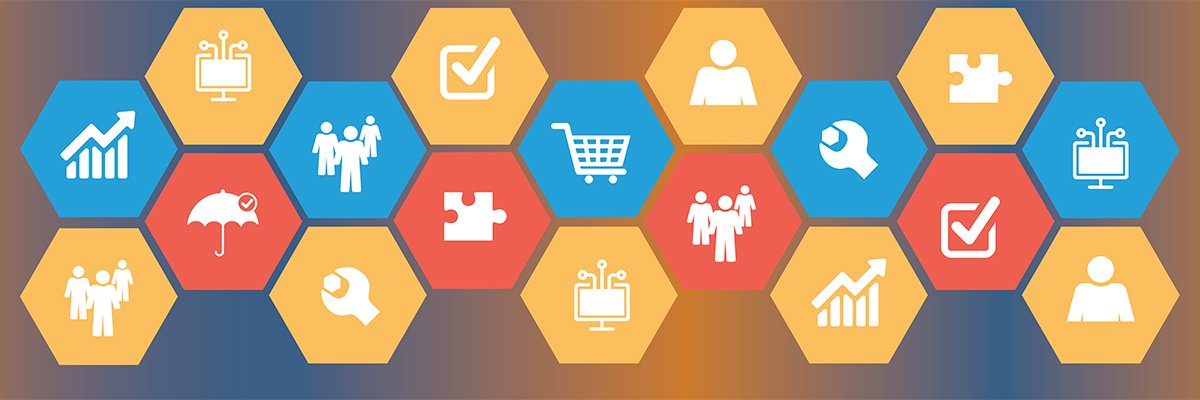In his opening address at the start of the UK and Ireland SAP User Group (UKISUG) Connect conference in Birmingham, Conor Riordan, chair of UKISUG, described the move to SAP Rise as an inevitability. ,Moving to Rise is a when and how, not an if,” he told delegates during the keynote session.
Riordan, who took over as chair of the user group in April, described moving to SAP as “a marathon, not a sprint”, adding: “Don't feel pressurized to move to riseWe're in it for the long game. It's not a quick process.”
Having spent 20 years working on SAP implementations, Riordan is now part of Pfizer's business process improvement team. The goal is to have a single instance of SAP to support 18,500 products in over 200 markets. The pharmaceutical company runs 20-year-old SAP Enterprise Core Component (ECC) systems and has chosen to move just five years of data as it migrates from on-premise ECC to on-premise S/4Hana. This went live in August.
Companies are being encouraged to move off ECC before support officially ends in 2027. But upgrading to a supported version of S/4Hana is a major project. In some organizations this can take years to complete.
One example of the marathon effort required to update SAP is the ongoing project at another pharmaceutical giant, AstraZeneca. AstraZeneca was again invited to give an update on this project, having spoken at last year's Connect event about the initiative. Russell Smith, vice-president of enterprise resource planning (ERP) transformation technology at AstraZeneca, described the project as the “largest technology program in AstraZeneca bar none”.
“It truly is a once-in-a-generation programme,” he said, adding that the project will involve a six-year greenfield implementation. “We're attempting to transform and simplify over 1,500 Level 4 processes covering our entire value chain. We've got over 750 systems connected to our SAP landscape, over 3,000 interfaces and over 150 data objects.”
Ade Welsh, senior director and head of solution design and delivery, at AstraZeneca, said: “This year is all about establishing our global design, then getting it ready for our testing phases.”
Discussing the importance of running parts of the program in parallel, he added: We are learning how to run things in parallel. It's a big focus this year and it will get even more parallel next year.”
Data is one of the major challenges the company faces as it updates SAP. Now a year into the program, Smith said: “It doesn't matter when you start with the data, it's always too late.”
SAP's newly appointed UK and Ireland managing director, Leila Romane, used the opening session to present SAP as a more customer-focused company. Recognizing that upgrading to SAP Rise is not a sprint race, she said the company was trying to move away from its position a year ago, which was predominantly Rise-focused.
“We've spent the past two years talking about Rise, but actually it's about the full suite of our solution. From a global perspective, we are growing, and our number one goal is to be a business enterprise application and business AI [artificial intelligence] company,” she said.


